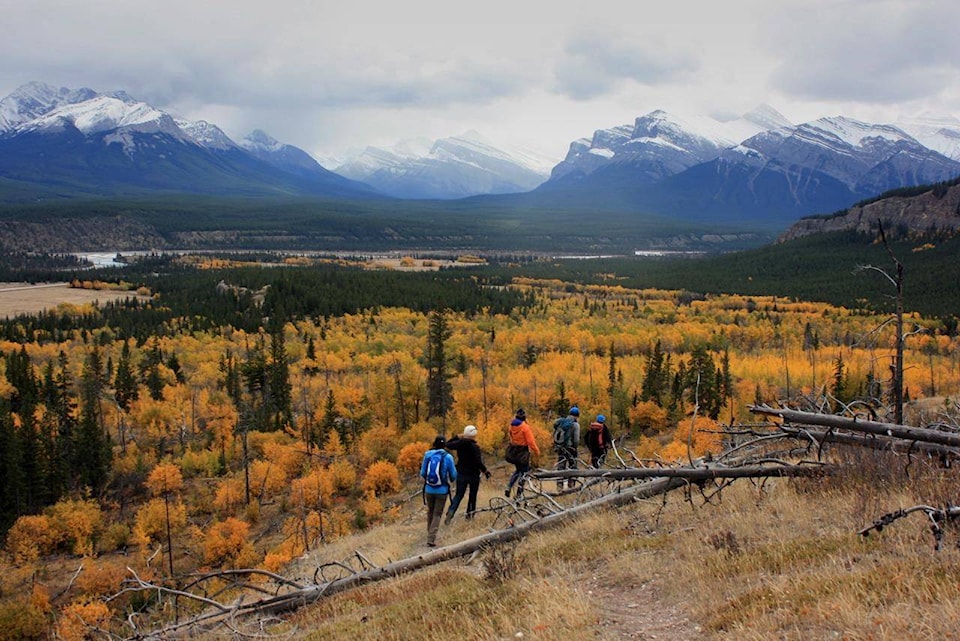An Olds-to-Lacombe cycling trail — along with backcountry hiking and off-road vehicle treks in the forests west of Rocky Mountain House — are pitched as ways to put the region on the tourism map.
The Central Alberta Tourism Alliance, which includes area municipalities and tourism groups, commissioned the recently released Our Path Forward study.
The 83-page report by RC Strategies+PERC recommends creating “signature trails” to tap into destination tourism markets as part of a 10-year plan.
Alliance chairman Jerry Pratt said one of the main purposes of the study was to create an inventory of the trails in the area and to follow up on previous work done in a destination management plan and accommodation study.
“We wanted to take a look at what could raise our trails up possibly from being just recreation trails to tourism attraction trails. The consultant did a pretty good job outlining what it would take to do that.”
The Central Alberta Heritage Cycling Route is designed to use existing trails in the area to create a 120-kilometre cycling route.
Future trails might link Red Deer to Sylvan Lake and Red Deer to the historic Mintlaw rail bridge south of Red Deer through the proposed 30-kilometre Alberta Central Rail to Trail project.
To cater to hikers and backpackers, a Continental Divide Hut to Hut Backpacking Experience is proposed to take advantage of the large network of existing trails in the wilderness west of Rocky Mountain House.
Using routes such as the Cline River and Coral Creek trails, a 138-kilometre route with huts strategically placed for overnight stays could be created.
The Rocky Mountain House to Bighorn Backcountry Off-Highway Vehicle Trail Experience would be aimed at ATV, hikers and mountain bikers, and would use an abandoned rail line between the town and Nordegg.
On-trail accommodations and a new campground near the Bighorn Dam would encourage overnight stays.
There appears to be a ready home-grown market out there for the kinds of trails envisioned. The short-haul market (within a three-hour drive) includes an estimated 1.3 million day hikers, 137,000 overnight backpackers, 1.2 million cyclists, 247,000 mountain bikers and 357,792 off-road vehicle users.
But the alliance wanted the study to look beyond provincial, and even national, borders.
“We were looking beyond just the province. We were looking nationally and internationally.
“A signature trail is something where someone is willing to pay to fly out and to come and stay in hotels and that kind of thing,” said Pratt, offering the Appalachian Trail in the U.S. and a trail network in New Zealand as examples of destinations with international reputations.
Developing signature trails will take time and money. Trailheads and accommodation, whether campgrounds, hiking huts, bed and breakfasts, or small hotels will be needed. Tourist operators ready to cater to visitors would also eventually be important to creating a destination.
There is work already underway on the trail linking Rocky Mountain House and Nordegg, which is being slowly cleared a few kilometres at a time.
The province has also shown support, providing $600,000, which will be used to restore the Taunton Rail Bridge east of Nordegg in Clearwater County, where Pratt serves as economic development officer.
There are hopes the province will make some of the Crown land in the area available for the development of a campground to support the trail.
pcowley@reddeeradvocate.com
Like us on Facebook and follow us on Twitter
